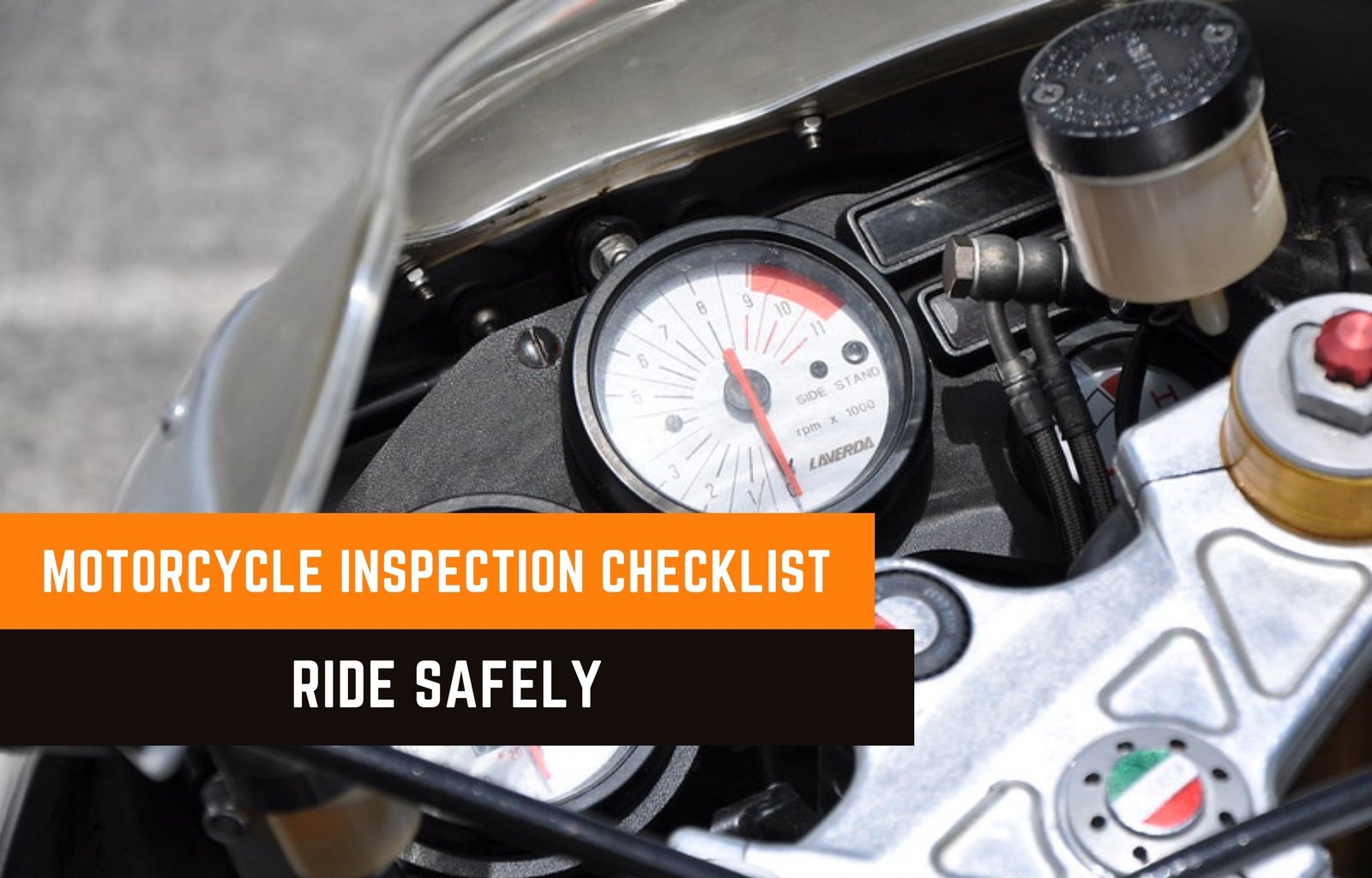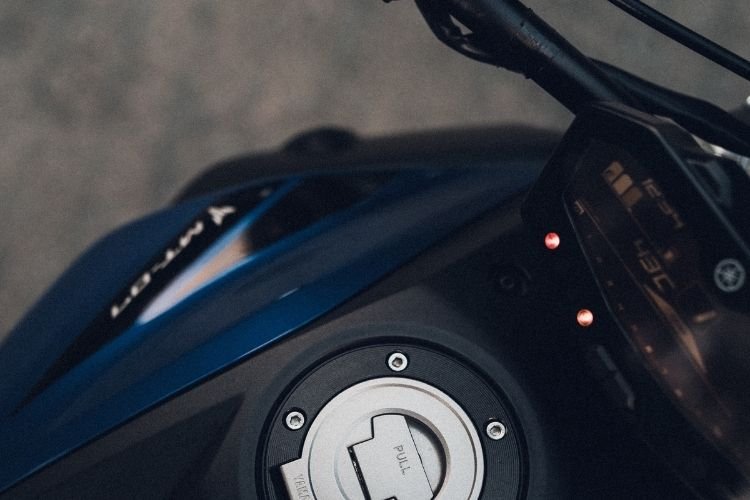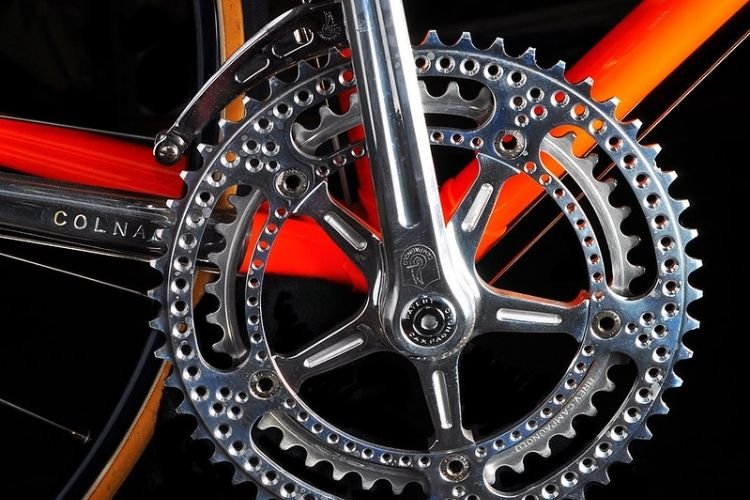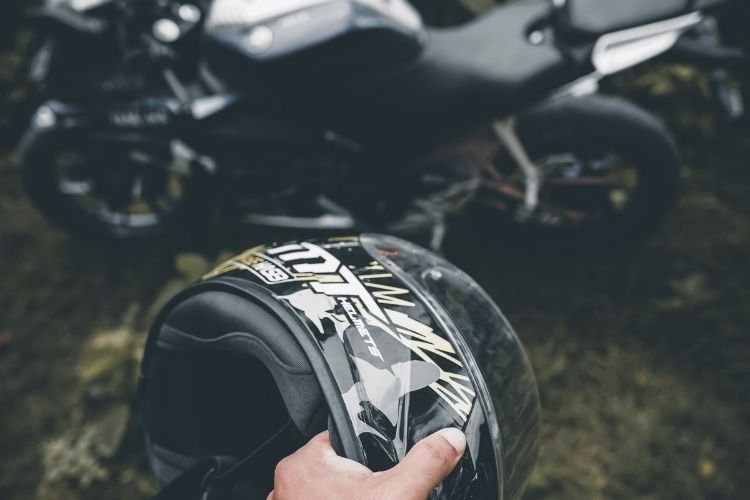How do you communicate while snowboarding? Which is the best way to communicate with others while on the snowboard slope? Snowboarding is an exhilarating sport that combines the thrill of speed with the beauty of nature. But, maintaining communication with friends or partners on the slopes is hard. This is also a challenge to many […]

Motorcycle Inspection Checklist, Ride safely 2023
Get your motorcycle ready for spring! The long winter has finally come to an end.
It's time to start the motorcycle hidden in the garage.
As winter months snow begins to thaw and icy highways improve under warm springtime skies, browsing streets and highways is a much more enjoyable and also more secure experience.
It's likewise the moment when bike owners start to plan their very first ride of the season.
However, prior to putting on your helmet and zipping off for an electrifying trip, you should require time for a complete inspection of your bike.
A lot can occur with your motorcycle while it was saved. An annual top-to-bottom bike examination, from tires to ignition system as well as liquid degrees, ensures you obtain the most effective and most safe performance from your bike.
See to it your bike is in good condition before you hit the road by running through this motorcycle inspection checklist.
Table of Contents
1. Tires
Besides examining the air pressure in your tires, you must look them over for wear, walk deepness, weathering or various other conditions that necessitate investing in a new pair.
While taking a look at the tires of your motorbike, locate the DOT line of text and also the four numbers grouped with each other at the end.
These suggest the tires' birthdate, which is very important since tires regularly mature out before they're worn.
To see if your tires are worn out, research the rainfall grooves and siping for appropriate spaces.
By guaranteeing that your tires aren't as well old or worn down, your bike will have an appropriate grip for diverse climate conditions.
2. Fuel System
Among one of the most essential areas of a bike to examine after wintertime is the fuel system.
The gas still remaining in your tank can transform its chemical makeup over time with parts of the blend evaporating, transforming what was once fuel for your maker into a brown muck, like the varnish offered in paint as well as equipment stores.
If not treated, this varnish can block the jets inside a carburetor and also lead to poor efficiency, trouble beginning or otherwise starting whatsoever.
Tidy the carburetor and drain pipes the tank.
Specialists advise that you clean up the carburetor as well as pour out any kind of staying gas.
Use a liquid carburetor cleaner to clean out any kind of varnish deposit, or unscrew the jets for even much deeper cleaning.
Obviously, adding a fuel stabilizer and running the engine for a couple of mins prior to keeping the bike for the winter season will help avoid this issue.
Condensation can likewise create inside a gas tank throughout the wintertime, specifically if the gas level is reduced.
In that instance, it's a great idea to drain pipes in the tank and load it with fresh gas.

3. Test Ignition Coils
While there are different sorts of motorcycles, with various engine sizes and ages, many variations in maintenance belong to the kind of electrical or mechanical functions of the device.
Electronic ignition is basically maintenance totally free, while older motorcycles with electrical systems will need to be checked.
4. Brakes
Examine your brakes to validate there is no damage to the rims, rotor, or brake pads.
When evaluating brake pads, observe the fiber glued to the top of the metal-backed plate.
It's crucial that the fiber of your brake pads is not worn down because jeopardized brake pads could endanger your braking distance.
5. The Chain or Belt Drive
Another location of the motorbike that can differ is the drive type.
Bikes with chain drives need even more maintenance than motorcycles with belts or shaft drives.
Chains ought to be oiled before running, and you must look for appropriate stress of belts or chains.
In general, motorcycles kept inside will certainly need less maintenance than exposed out.
Many motorbikes nowadays have actually a specialized roller chain called an O-ring chain, and there's a typical misunderstanding that these chains don't require upkeep.
The O-ring holds fluid inside the chain which should actually be lubricated to keep the chains from failing.
Also, evaluate the chain's stress-- there ought to be some slack, and the details amount can be discovered in How To Tighten Motorcycle Chain.

6. Battery
After a bike has actually rested idly for a number of months in the chilly, there's an opportunity the battery might have died.
Check the individual battery cells and also add distilled water if required, and afterward charge the battery with an external battery charger.
A battery hydrometer will certainly tell you when it awaits use.
7. Clutch
If your clutch lever is hydraulic, check the fluid.
If it's a cord, squeeze the clutch open and inspect the gap for wiry strands or failing wire standing out.
Do not ride your motorcycle if you see these strands when you pull the clutch open.
Best Budget ATV Helmet Communication Systems: Under $100!
8. Suspension
Scrutinize the fork legs of your bike to ensure no fluid is dripping from them.
If there is, the suspension will not work appropriately and the brakes might possibly be compromised also.

9. Final Motorcycle Inspection Checklist
Before you hit the trail, attempt your lights and switches.
You must have fresh bulbs on your headlight, taillight, brake light, and both directional signal.
Look at your oil cap to validate your electric motor is working effectively.
Utilize your kickstand to make sure it snaps back right into position and also will not move down while the bike is in motion, and offer your horn a couple of trial honks.
If every little thing looks as it should, you are ready to ride!
Whether you have actually been riding for many years or just getting going, your experience and security when driving is only as good as your bike.
As a result of the heightened threat that motorbike cyclists deal with, it's essential to take every security preventative measure possible.
Motorbike security inspections save time, cash, and eventually, they can save lives.

Rodney L is a technical writer and product consultant with over a decade of experience in the motor industry. Rodney is a fan of performance machines that run fast and loud and an expert in all things custom. His numerous articles and write-ups are available at our knowledge base. Whether it’s something wrong with your motorcycle or you are building a custom bike, you can trust Rodney’s experience.
Introduction to motorcycle helmet audio systems As a passionate rider, I understand the thrill of hitting the open road with the wind in your face and the roar of the engine beneath you. However, there's one aspect that can take your riding experience to new heights. That is the ability to enjoy your favorite tunes […]
There is more best motorcycle to motorcycle communication systems than ever in 2024. Riders can seek them much more easily than before. Nowadays, modern intercoms offer crystal-clear audio, long-range capabilities, and seamless integration with helmets. These devices enable riders to stay in touch with their group, listen to music, take calls, and get GPS directions. […]
Do you know what mesh motorcycle communication is? How to choose the best mesh intercom for your motorcycle intercom? Introduction Riding a motorcycle is an exhilarating experience, but communication can be a challenge. In this article, I will lead you to enter the mesh motorcycle communication systems. These innovative technologies allow riders to stay connected […]
Are you tired of searching for motorcycle intercom helm full face options before a riding tour? Look at this test review article! We will share with you the best options to meet all your demands. Introduction Riding a motorcycle offers a thrilling sense of freedom and adventure. However, it can also be isolating. Hence, we […]
Motorcycling is a thrilling experience, offering a sense of freedom unmatched by other modes of transport. However, communication on the road can be challenging. Two way helmet communication systems provide an effective solution, enhancing both safety and enjoyment. Let's see the best 2-way helmet communication devices from Fodsports: Fodsports FX7: Newest Bluetooth mesh intercom for […]

